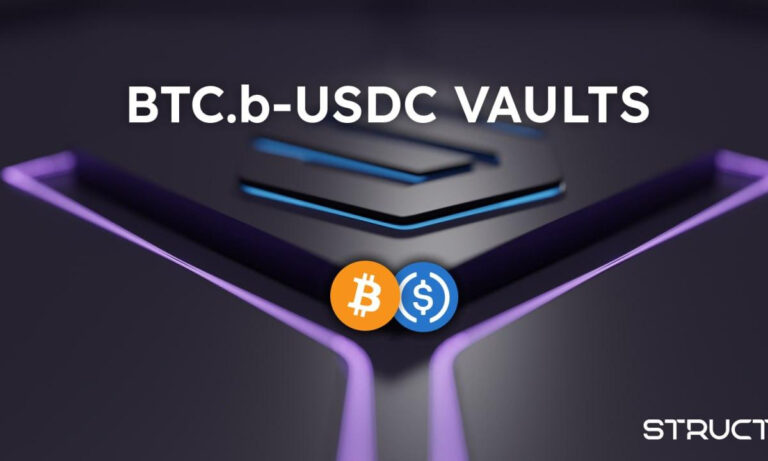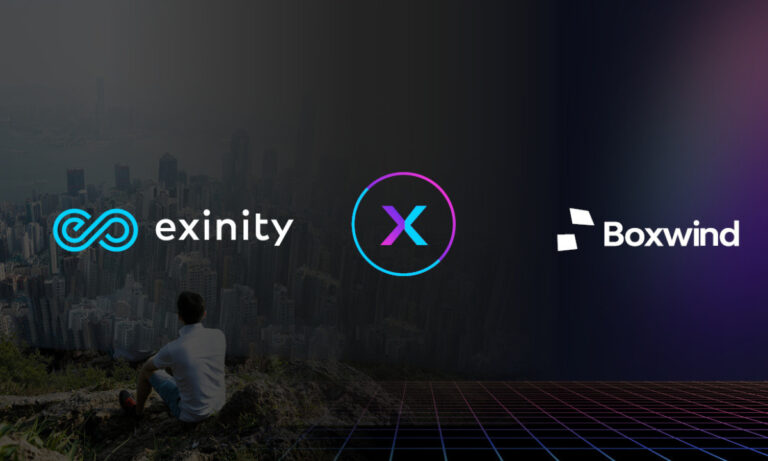Unlocking the Power of Polygon’s ZK-EVM: A Guide to its Four Simple Components

- Polygon’s ZK-EVM protocol has the potential to revolutionize the world of DeFi by addressing the scalability and gas fee issues faced by the Ethereum network.
- Polygon’s zkEVM is becoming one of the market’s most intriguing zero-knowledge blockchains at rocket speed.
As the Ethereum network continues to grow and face challenges with scalability and gas fees various solutions have been developed to address these issues. Polygon (MATIC) a layer 2 scaling solution for Ethereum is a solution that has gained traction in recent times.
Polygon’s zkEVM is becoming one of the market’s most intriguing zero-knowledge blockchains at rocket speed. Polygon’s zkEVM, which was released on the mainnet a few weeks ago, has the potential to become one of the more mainstream options for scaling blockchain applications.
Understanding zero-knowledge blockchains may appear intimidating at first glance, but Polygon’s zkEVM challenges that assumption with a very simple architecture. However, the architecture can be broken down into four basic components:
1)Consensus Contract
The Consensus Contract model employs the Proof of Donation (PoD) consensus mechanism, which allows multiple coordinators to participate in the production of batches in L2. These batches are created by rolling up L1 transactions. The Consensus Contract (PolygonZkEVM.sol) uses a simpler technique that is preferred due to its greater efficiency in resolving PoD challenges.
The strategic implementation of contract-based consensus ensures that the network retains its Permissionless feature for producing L2 batches while maintaining a high level of efficiency, which is a critical criterion for overall network performance. The model also achieves an acceptable level of decentralization and safeguards the network against malicious attacks, particularly from validators. Furthermore, the Consensus Contract model strikes a reasonable balance between overall validation effort and network value.
2) zkNode
To run a zkEVM node, a piece of software known as zkNode is required. This client is required by the network to synchronize and manage the roles of the participants, namely Sequencers or Aggregators. Polygon’s zkEVM participants have two options for participation:
To either function as a node to acquire network state or to participate in batch production, with the option of selecting one of two roles — Sequencer or Aggregator.
When acting as a Sequencer, one would receive L2 transactions from users, perform the necessary preprocessing to create a new L2 batch, and then suggest the batch to the PoE smart contract as a valid L2 transaction. Because the Sequencer earns transaction fees on all published transactions, it is financially motivated to post legitimate transactions in order to maximize profits.
An Aggregator, on the other hand, receives all transaction information from a Sequencer and sends it to the Prover (or zkProver), which then delivers a byte-sized zk-Proof via complex polynomial computations. This proof is validated by the Smart Contract. As a result, an Aggregator collects the data, sends it to the Prover, receives its output, and eventually transmits it to the smart contract for validation of the Prover’s Validity Proof.
3) zkProver
The complex mathematical computations, including polynomials and assembly language, are performed by the zkProver. These computations are later verified on a smart contract and can be perceived as constraints that a transaction must comply with in order to modify the state tree or the exit tree.
The zkProver workflow consists of four basic steps:
- The Node sends the Merkle tree content to the Database, which stores it.
- The input transactions are then transmitted to the zkProver by the Node.
- The zkProver obtains information from the Database in order to generate verifiable proofs of the transactions sent by the Node. This data includes Merkle roots, keys, hashes of relevant siblings, and other details.
- The zkProver generates transaction proofs and sends them back to the Node.
4) zkEVM Bridge
The zkEVM Bridge is a component that facilitates asset migration and communication between the Polygon zkEVM network and other networks, such as the N1 (Ethereum Mainnet) or any L2 built on top of Ethereum.
The zkEVM Bridge’s functionality can be illustrated in a simple workflow involving two networks, N1 and N2. A user must first lock an asset in the origin network before bridging it between N1 and N2 (Layer 1). The Bridge smart contract then generates a Wrapped Token, which is an equivalent value representative asset in the destination network, N2.
The user or recipient can claim the asset in the destination network once the minting process is completed (N2). It is also possible to perform the opposite operation. The Bridge smart contract unlocks the original asset in the origin network after the Wrapped Token is burned.
Additionally, the Bridge smart contract can be used for cross-chain messaging in addition to bridging and claiming assets, allowing data payloads to be sent from one network to another via the Bridge and Claim operations.
Related: Polygon zkEVM Launch: The Catalyst Matic Needs to Reach New Heights
Closing Thoughts
In conclusion, Polygon’s ZK-EVM protocol has the potential to revolutionize the world of decentralized finance (DeFi) by addressing the scalability and gas fee issues faced by the Ethereum network.
By using zero-knowledge proofs, the Ethereum Virtual Machine, rollups, and zkSync, Polygon is providing developers with a highly efficient and scalable solution that can significantly improve the user experience of decentralized applications. With its innovative approach, Polygon is poised to play a significant role in the future of blockchain technology and DeFi.











+ There are no comments
Add yours